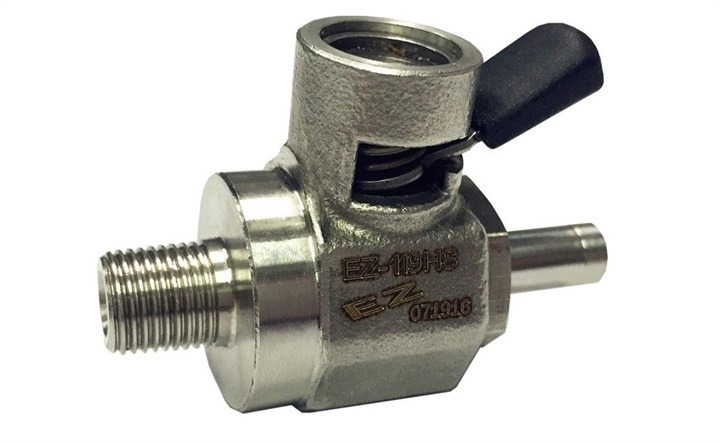Patriot Transportation Holding, Inc. Announces Results for the Third Quarter of Fiscal 2016



The EZ Oil Drain valve has a new application for a vaporizer drain system on propane-powered equipment.
The liquid petroleum gas regulator equipped on these units has a vaporizer drain on the regulator. The EZ Drain Valve can be used for this application, particularly the stainless steel version of the valve.
Some regulators and vaporizers have brass drain valve to remove oil and tar from the unit, but a stainless valve is required if any harsh chemical is present in the liquid to be drained to avoid corrosion. Many propane-powered unit maintenance protocols require the oil and tar to be drained every 100-150 hours, according to the company.
Follow @HDTrucking on Twitter



In a press statement on Tuesday afternoon, FCA U.S. announced that it will invest $1.48 billion in its Sterling Heights (MI) Assembly Plant as part of a future growth plan for the Ram brand.
The investment will position the plant to build the next generation Ram 1500 and support future growth of the brand, the company said.
read more